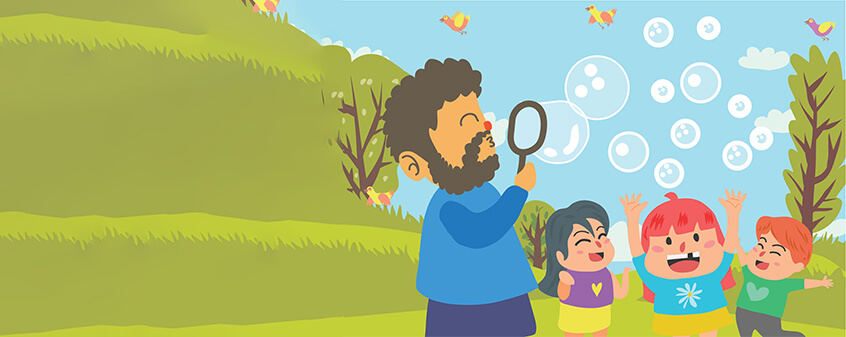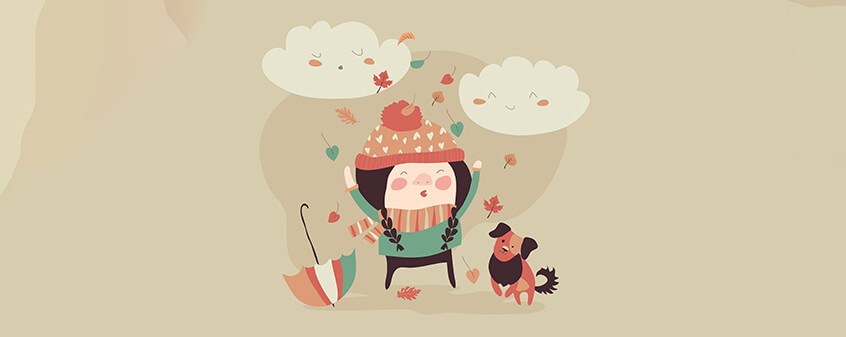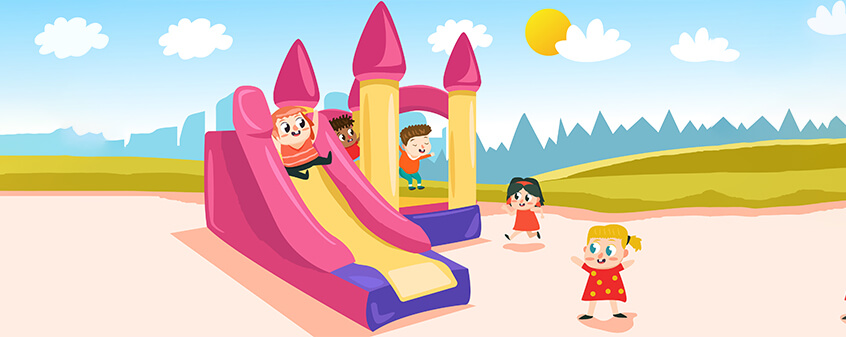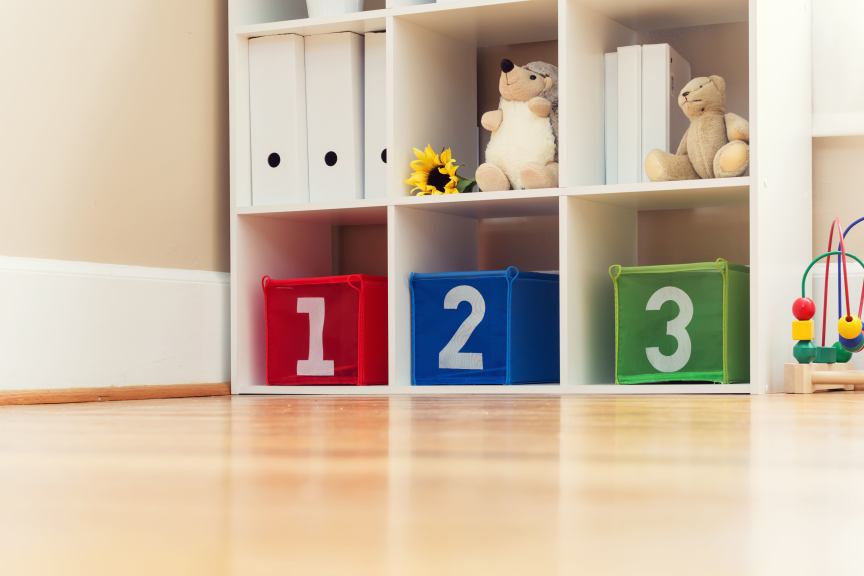SWOT of the Finland model of education
SWOT is an abbreviation for strengths, weaknesses, opportunities and threats. A SWOT analysis is an important tool for analyzing the overall position of work based learning (WBL) and its environment. Finland truly believes “Less is More”. This national mantra is deeply engrained into the Finnish mindset and is the guiding principal to Finland’s educational philosophy.
Less Formal Schooling = More Options
Students in Finland start formal schooling at the age of seven. Yes, seven! Finland allows their children to be children, to learn through playing and exploring rather than sitting still locked up in a classroom. But don’t they get behind? No! The kids start school when they are actually developmentally ready to learn and focus. This first year is followed by only nine years of compulsory school. Everything after ninth grade is optional.
Less Time in School = More Rest Students typically start school between 9:00 and 9:45 and the school day usually ends by 2:00 or 2:45. They typically have three to four 75 minute classes a day with several breaks in between. This overall system allows both students and teachers to be well rested and ready to teach/learn.
Fewer Instruction Hours = More Planning Time
Teachers have shorter days as well. Teachers and students in Finland are not expected to be at school when they do not have a class. For example, if they don’t have any afternoon classes on Thursdays, they (both teachers and students) can simply leave. This system allows the Finnish teacher more time to plan and think about each lesson. It allows them to create great, thought provoking lessons.
Fewer Teachers = More Consistency and Care
Elementary students in Finland often have the SAME teacher for up to SIX YEARS of their education. That is right! The same teacher cares for, nurtures and tends to the education of the same group of students for six years in a row. They know where the kids are and what they have learned and will plan according to the students’ needs! I really believe this is a HUGE part of Finland’s success story and it does not receive enough attention.
Fewer Accepted Applicants= More Confidence in Teachers
So……children have the same teacher for three to six years. What if your kid gets a “bad teacher”? Finland works very hard to make sure there are no “bad teachers.” Primary education is THE most competitive degree to get in Finland. The elementary education departments in Finland only accept 10% of all applicants and turns down thousands of students annually. A person not only has to be the best and the brightest to become a primary teacher, they also have to have passed a series of interviews and personality screenings to get in.
Less Testing = More Learning
Imagine all of the exciting things you could do with your students if there wasn’t a giant state test looming over your head every year. Imagine the freedom you could have if your pay wasn’t connected to your student’s test scores. Imagine how much more fun and engaging your lessons would be!
Although it still exists, there is overall less pressure on the teacher in Finland to get through the curriculum. The teacher is simply trusted to do a good job and therefore they have more control over their classroom and its content. The teacher is able to take more risks and try new things and create exciting, engaging curriculum that allows students to become skilled individuals ready for the real world. They have time to teach skills that allow students to develop into individuals who know how to start a project and work systematically to accomplish a goal.
Finnish education system has great opportunities for both students and teachers in terms of building strong relationships, healthy lifestyle and respectability.
While the East Asian systems may enjoy being at the top of the international tests, they are not happy at all with the outcomes of their education. They have recognized the damages of their education for a long time and have taken actions to reform their systems. This can be seen as the threat to the Finnish system of education.
To conclude it can be said that Finland has figured out that competition between schools doesn’t get kids as far as cooperation between those schools. One reason for that is Finland has no private schools. The Parents trust the teachers to make decisions that will help their children learn and thrive. The Teachers trust the students to do the work and learn for the sake of learning. The Students trust the teachers to give them the tools they need to be successful. Society trusts the system and gives education the respect it deserves. It works and it isn’t complicated. Finland has it figured out.
Less IS More.








